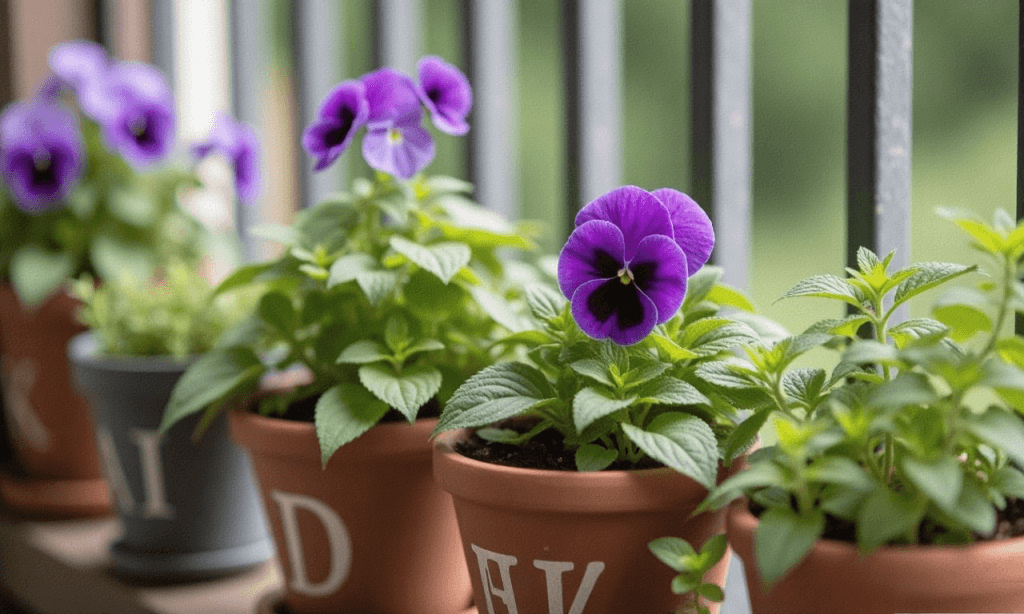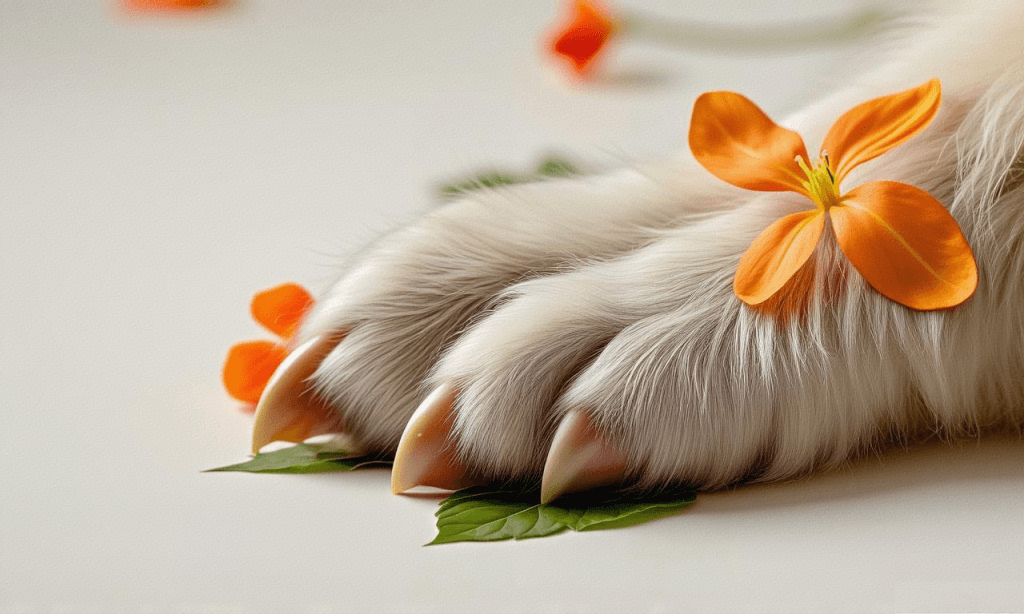Dog-Safe Plants: 20 Non-Toxic Options for a Pet-Friendly Backyard
🐾 Did you know that over 700 common garden plants are toxic to dogs—including popular flowers like lilies and tulips? Creating a safe, sniffable paradise for your pup doesn’t mean sacrificing beauty. We’ve curated 20 ASPCA-approved plants that add color, texture, and even edible treats to your yard without risking your dog’s health.
According to a 2023 Journal of Veterinary Emergency and Critical Care study, plant toxicity cases account for 15% of emergency vet visits during gardening season. Meanwhile, USDA Hardiness Zone data shows that 90% of dog-safe plants thrive in most climates with minimal care.
Whether you’re designing a new landscape or pet-proofing an existing garden, these non-toxic, durable options will keep tails wagging safely.
Why Choose Dog-Safe Plants?
3 Key Benefits
✔ Prevent accidental poisoning – Even "mildly toxic" plants can cause vomiting or diarrhea
✔ Reduce anxiety – Dogs can explore freely without constant supervision
✔ Create interactive spaces – Many safe plants offer sensory enrichment
Case Study: After replacing azaleas with dog-friendly alternatives, a Colorado family saw their anxious Labrador’s outdoor time increase by 70%.
Top 20 ASPCA-Approved Plants for Dogs
1. Snapdragons (Antirrhinum majus)
🌸 Why Dogs Love Them: Crunchy seed pods are fun to nudge
🌞 Light: Full sun
💧 Water: Moderate
2. Rosemary (Salvia rosmarinus)
🌿 Bonus: Natural flea repellent when brushed against
🌡️ Hardiness: Zones 7-10 (grow indoors in cold climates)
3. Sunflowers (Helianthus annuus)
🌻 Dog Appeal: Giant stalks to pee on (harmless to plants)
📏 Height: Dwarf (1’) to mammoth (12’) varieties
4. Camellias (Camellia japonica)
🌺 Safe Beauty: Lush blooms without the toxicity of rhododendrons
☕ Fun Fact: Leaves make a dog-safe tea (caffeine-free)
5. Thyme (Thymus vulgaris)
🐕 Paw-Friendly: Cushiony ground cover withstands light trampling
🍽️ Edible: Adds flavor to homemade dog treats
Pro Tip: Plant between stepping stones—releases scent when brushed.
6. African Violets (Saintpaulia)
🏡 Perfect For: Indoor gardens in hanging baskets
🌈 Colors: Purple, pink, white (non-toxic if nibbled)
7. Magnolia Trees (Magnolia grandiflora)
🌳 Shade Provider: Large, leathery leaves are digestion-safe
⚠️ Note: Avoid seed pods (mild GI upset if eaten in bulk)
8. Basil (Ocimum basilicum)
🍃 Aroma Therapy: Calms anxious dogs
🌱 Grows Well With: Tomato plants (doubles as pest control)
9. Nasturtiums (Tropaeolum majus)
🌺 Bonus: Flowers are edible for both dogs and humans
🐜 Pest Control: Repels aphids naturally
10. Bamboo (Phyllostachys aurea)
🎋 Privacy Screen: Safe, fast-growing alternative to toxic hedges
🔒 Containment: Plant in pots to control spreading
11. Marigolds (Tagetes erecta)
🌼 Dual Purpose: Deters mosquitoes while being pup-safe
💛 Best Varieties: ‘Lemon Gem’, ‘French Vanilla’
12. Swedish Ivy (Plectranthus verticillatus)
🪴 Trailing Beauty: Harmless if chewed (unlike true ivy)
💡 Light: Thrives in shade
13. Zinnias (Zinnia elegans)
✂️ Bonus: The more you cut, the more they bloom
🐝 Pollinator Magnet: Attracts butterflies, not bees
14. Peppermint (Mentha × piperita)
🌱 Digestive Aid: Soothes upset dog stomachs in small amounts
⚠️ Caution: Plant in containers—it spreads aggressively!
15. Prayer Plant (Maranta leuconeura)
🏠 Houseplant Hero: Safe for curious chewers
🌿 Drama: Leaves fold up at night
16. Fuchsia (Fuchsia magellanica)
💐 Showstopper: Non-toxic alternative to oleander
🍯 Nectar: Edible flowers (dogs love licking them)
17. Sage (Salvia officinalis)
🧠 Cognitive Boost: Aroma may enhance focus in older dogs
🔥 Drought-Tolerant: Ideal for arid zones
18. Polka Dot Plant (Hypoestes phyllostachya)
🎨 Color Pop: Pink/white speckled leaves
🚫 Myth Buster: Often mistaken for toxic lookalikes
19. Globe Thistle (Echinops ritro)
🌍 Textural Interest: Spiky blue balls (soft to touch)
🐦 Bonus: Dried seed heads attract birds
20. Cat Grass (Dactylis glomerata)
🐕 For Dogs Too: Aids digestion and satisfies chewing urges
🌱 Grow Your Own: Ready in 7-10 days from seed
3 Toxic Plants to Avoid (Common Lookalikes)
☠️ Sago Palm – Often confused with safe palms (causes liver failure)
☠️ Lilies – Mistaken for daylilies (highly toxic to kidneys)
☠️ Foxglove – Resembles safe snapdragons (cardiac arrest risk)
Pro Tip: Download the ASPCA Animal Poison Control app for instant plant ID.
Designing a Dog-Friendly Landscape
Zoning Your Yard
🦴 Play Zone: Sturdy grasses (Buffalo, Kentucky Bluegrass)
💤 Rest Area: Soft thyme or chamomile "lawns"
👃 Sensory Path: Alternate textures (stone, mulch, woolly thyme)
Durable Ground Cover Choices
• Elfin thyme – Handles paw traffic
• Irish moss – Cool surface for hot climates
• Silver carpet – Drought-proof in zones 9-11
Regional Adaptations
Hot Climates (Zones 8-11)
☀️ Top Picks:
- Red yucca (safe, drought-tolerant)
- Texas sage (non-toxic silver foliage)
Cold Climates (Zones 3-5)
❄️ Top Picks:
- Arctic willow (chew-resistant branches)
- Snowberry shrubs (safe winter berries)
Emergency Plan for Plant Ingestion
🆘 If Your Dog Eats an Unknown Plant:
- Identify – Use app or take photo
- Call – ASPCA Poison Control (888-426-4435)
- Monitor – Watch for vomiting, lethargy
Prevention Tip: Train "leave it" with dog-safe herbs as rewards.
Final Tips & Disclaimer
🌿 Start Small: Replace 3-5 toxic plants per season
🛒 Buy Smart: Look for "ASPCA-approved" labels at nurseries
📸 Keep Records: Photograph your garden for vet reference
Disclaimer: Some dogs have individual allergies. We earn affiliate commissions on qualifying purchases. Always supervise new plant interactions.
What’s your dog’s favorite safe plant? Share your experiences below! 🐶🌼 Let’s grow safer gardens together!
Andrew
|
2025.04.23






